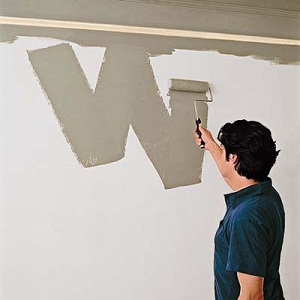How to Paint a Room
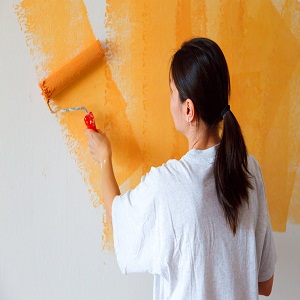
Paint gives life to a room. It livens up the atmosphere, sets the mood and impacts the whole ambiance. This gives it great importance in building up the theme of a room. Painting a room demands attention, time and creativity. Paint wisely and you can transform your room in a single weekend. The idea of painting your room might get you excited to a point where you simply roll up your sleeves and set to work. But you have to combine this zeal with the proper techniques. In this guide you will learn about things required along with procedure to be applied while painting a room.
Things required:
– paintbrushes
– Interior Paints
– Primers
– Power Rollers
– Drop Cloths
– Ladders
– Paint Rollers
– Light-grit Sandpaper
– Paint Roller Pans
– Soap water bucket and sponge
Instructions
-
1
Preparation:
Empty the room you are painting. Cover the floor or anything you do not want paint on with a plastic sheet or canvas tarp. Empty the walls of any hanging. You need a completely clean field to paint. Tape electrical because you do not want paint getting inside the holes.
Get into old overalls which you will not mind being splattered with paint. It is better to put on a face mask to avoid inhaling dust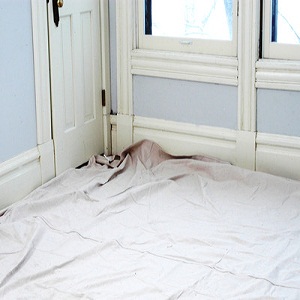
-
2
Sand the walls:
Use a pole sander with a 120-grit paper to sand the walls. Start from the top of the wall and use horizontal motion to sand the walls. After you are done with sanding, clear away the dust with a vacuum cleaner.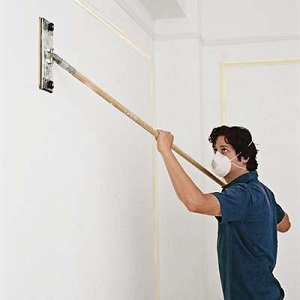
-
3
Clean walls:
If your wall have a grease layer, use a sponge dipped in soap water containing TSP to wipe the walls. Use a chlorine solution to wipe walls with mildew and mold. Scrub the walls with a sponge to clear all the marks away. rinse with clear water.
-
4
Fill cracks:
Use caulk to cover up any cracks and gaps in the walls. Use a putty knife to apply caulk into these holes. Pay special attention to where the walls meet the molding. You can also use leveling compound for faster results. Once you are done caulking, use sandpaper to smooth the surface.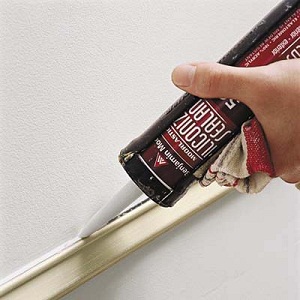
-
5
Apply primer:
A primer prevents the paint layer from bleeding through walls and gives it a long lasting finish. It is better to apply a layer of primer before applying the paint itself, especially if the surface is patched or unpainted. Use a brush to apply primer on the corners and edges because a paint roller cannot reach here. These could be points where the walls meet the ceiling, doors and windows and you need to pay attention to detail. For the broad canvas of the walls, you can use a roller.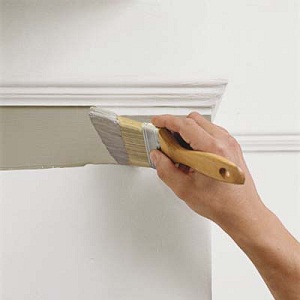
-
6
Paint coat:
Most walls need two coats of paint. Apply the first coat of paint when the primer has dried thoroughly. Follow the same strategy of brush for corners and roller for wide spaces. When you pour paint into the roller pan, use it up before it dries up. Paint smoothly and lightly without creating any ridges and smudges.
Let the first coat dry well. Apply the second coat only after you are sure that the first has totally dried up.